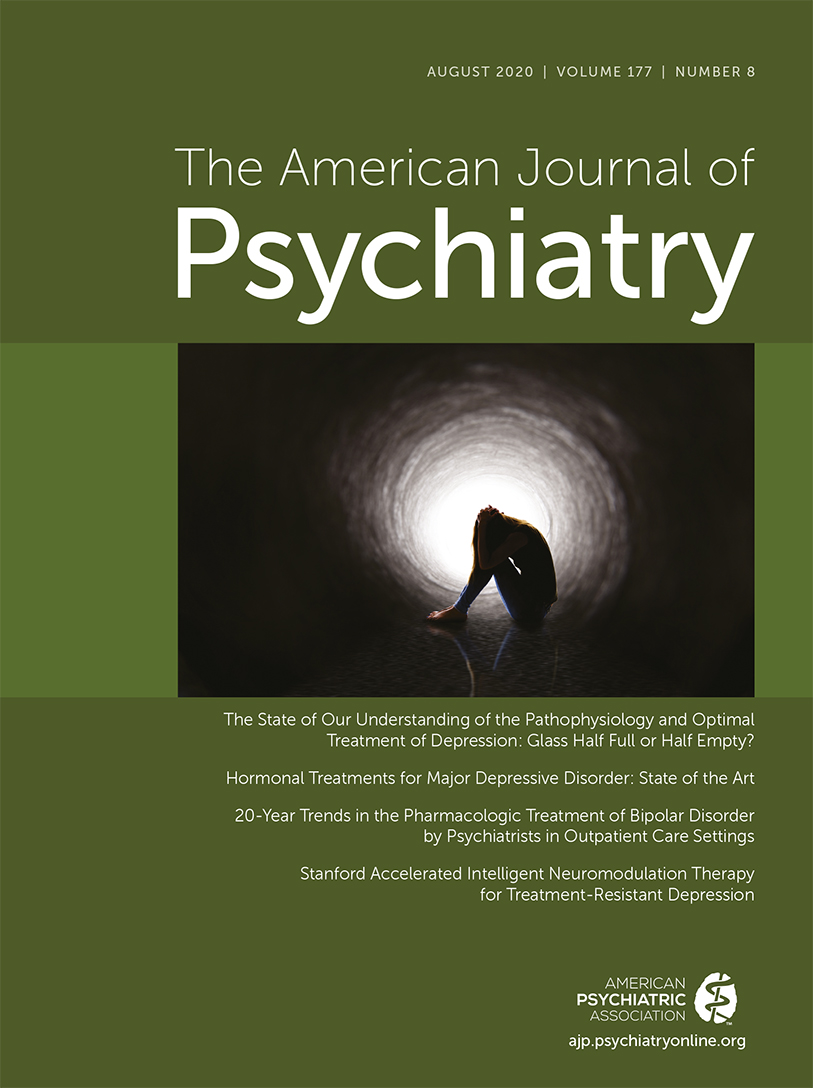Reduction in Mental Health Treatment Utilization Among Transgender Individuals After Gender-Affirming Surgeries: A Total Population Study
Abstract
Objective:
Despite professional recommendations to consider gender-affirming hormone and surgical interventions for transgender individuals experiencing gender incongruence, the long-term effect of such interventions on mental health is largely unknown. The aim of this study was to ascertain the prevalence of mood and anxiety disorder health care visits and antidepressant and anxiolytic prescriptions in 2015 as a function of gender incongruence diagnosis and gender-affirming hormone and surgical treatment in the entire Swedish population.
Methods:
This study used the Swedish Total Population Register (N=9,747,324), linked to the National Patient Register and the Prescribed Drug Register. Among individuals who received a diagnosis of gender incongruence (i.e., transsexualism or gender identity disorder) between 2005 and 2015 (N=2,679), mental health treatment in 2015 was examined as a function of length of time since gender-affirming hormone and surgical treatment. Outcome measures were mood and anxiety disorder health care visits, antidepressant and anxiolytic prescriptions, and hospitalization after a suicide attempt.
Results:
Compared with the general population, individuals with a gender incongruence diagnosis were about six times as likely to have had a mood and anxiety disorder health care visit, more than three times as likely to have received prescriptions for antidepressants and anxiolytics, and more than six times as likely to have been hospitalized after a suicide attempt. Years since initiating hormone treatment was not significantly related to likelihood of mental health treatment (adjusted odds ratio=1.01, 95% CI=0.98, 1.03). However, increased time since last gender-affirming surgery was associated with reduced mental health treatment (adjusted odds ratio=0.92, 95% CI=0.87, 0.98).
Conclusions:
In this first total population study of transgender individuals with a gender incongruence diagnosis, the longitudinal association between gender-affirming surgery and reduced likelihood of mental health treatment lends support to the decision to provide gender-affirming surgeries to transgender individuals who seek them.



